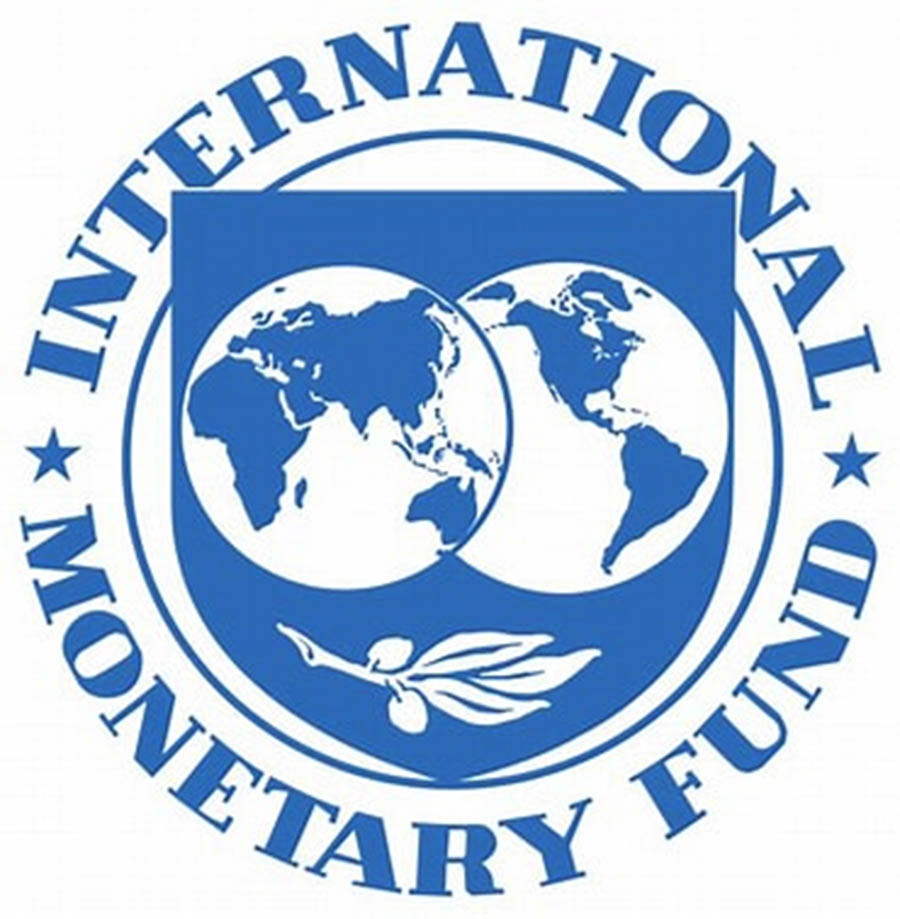IMF Blog
Serkan Arslanalp, Robin Koepke, Alessandra Sozzi, Jasper Verschuur
November 15, 2023
Around 1,000 ships pass through the Panama Canal each month carrying a total of over 40 million tons of goods—about 5 percent of global maritime trade volume. But water levels in this vital link between the Atlantic and Pacific oceans have fallen to critical lows because of the worst drought in the canal’s 143-year history. Drought restrictions imposed amid insufficient rainfall at the Gatún Lake, which feeds the canal, have reduced throughput by some 15 million tons so far this year. Ships have faced an additional six days in transit. The authorities are exploring strategic options to boost the water supply in the canal.
As the Chart of the Week shows, ports in Panama, Nicaragua, Ecuador, Peru, El Salvador and Jamaica are suffering most from these delays, with 10 percent to 25 percent of their total maritime trade flows affected. But the drought’s effects are felt as far away as Asia, Europe and North America. The drought will hamper trade for months to come, with canal passages set to halve to 18 ships per day by February, down from 36 in ordinary times. Economies reliant on the canal for trade should prepare for more disruption and delay. Amid climate change, droughts, floods, tropical storms and other disasters are becoming more common and pose a serious threat to maritime infrastructure.


